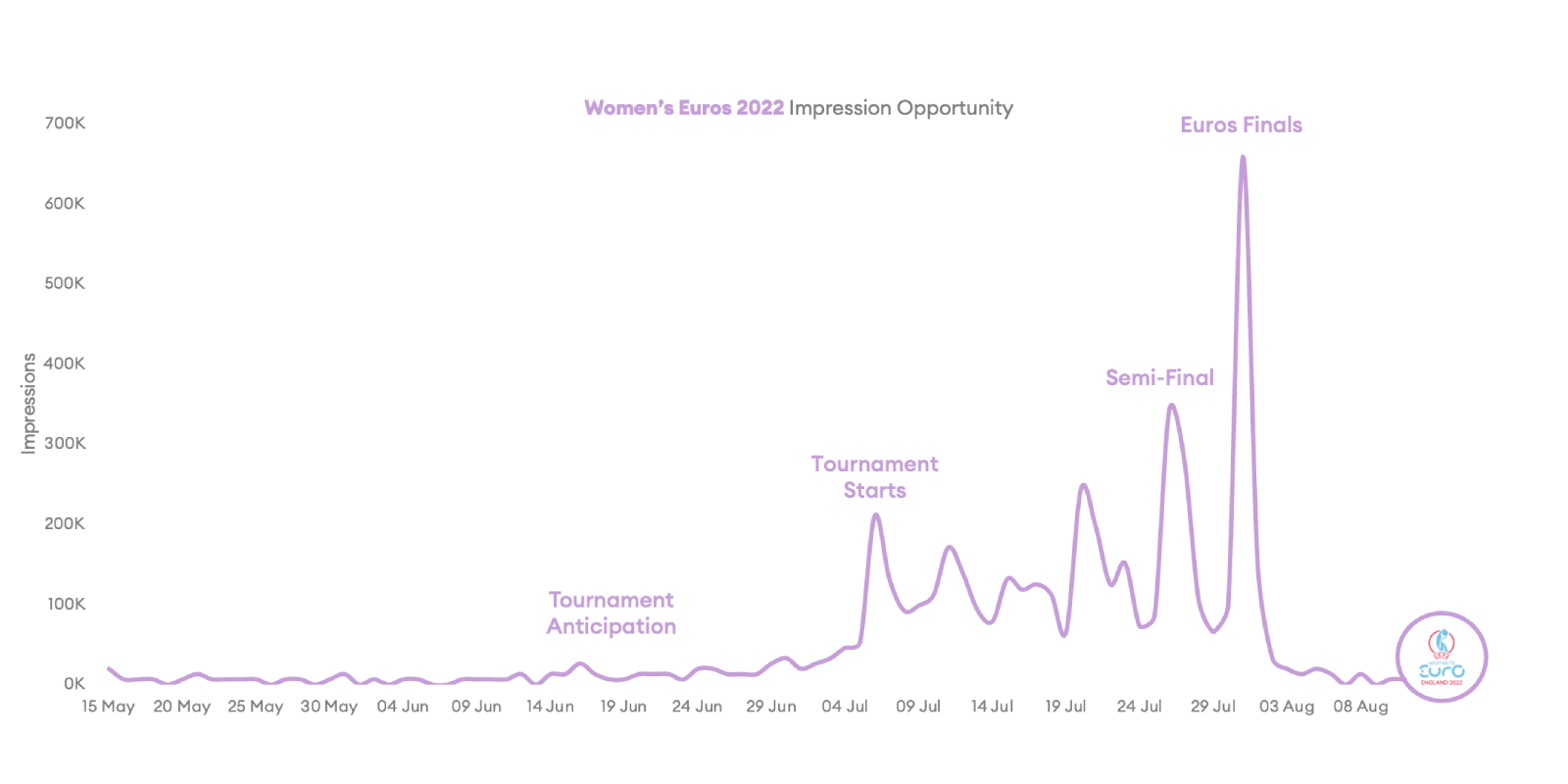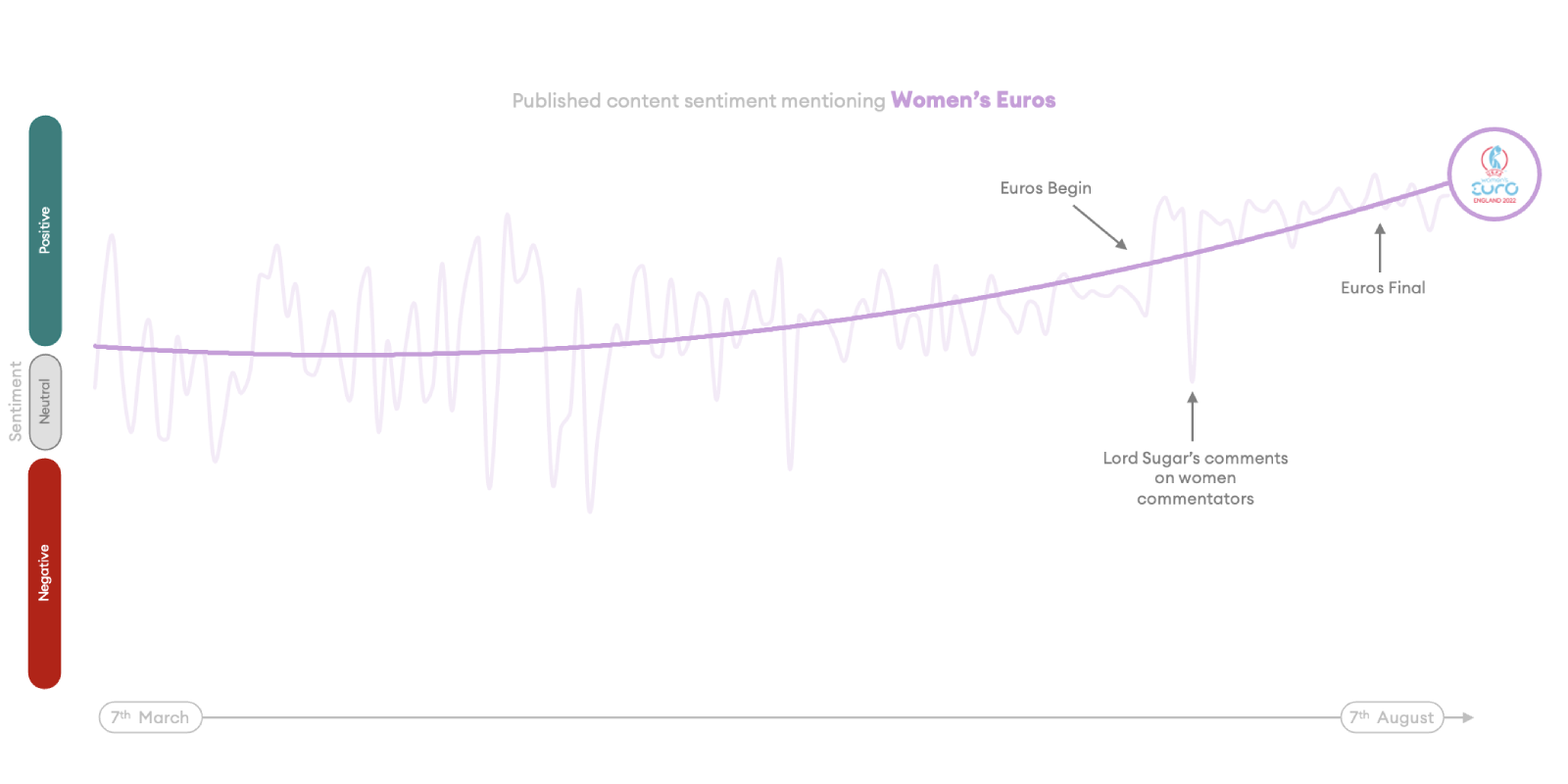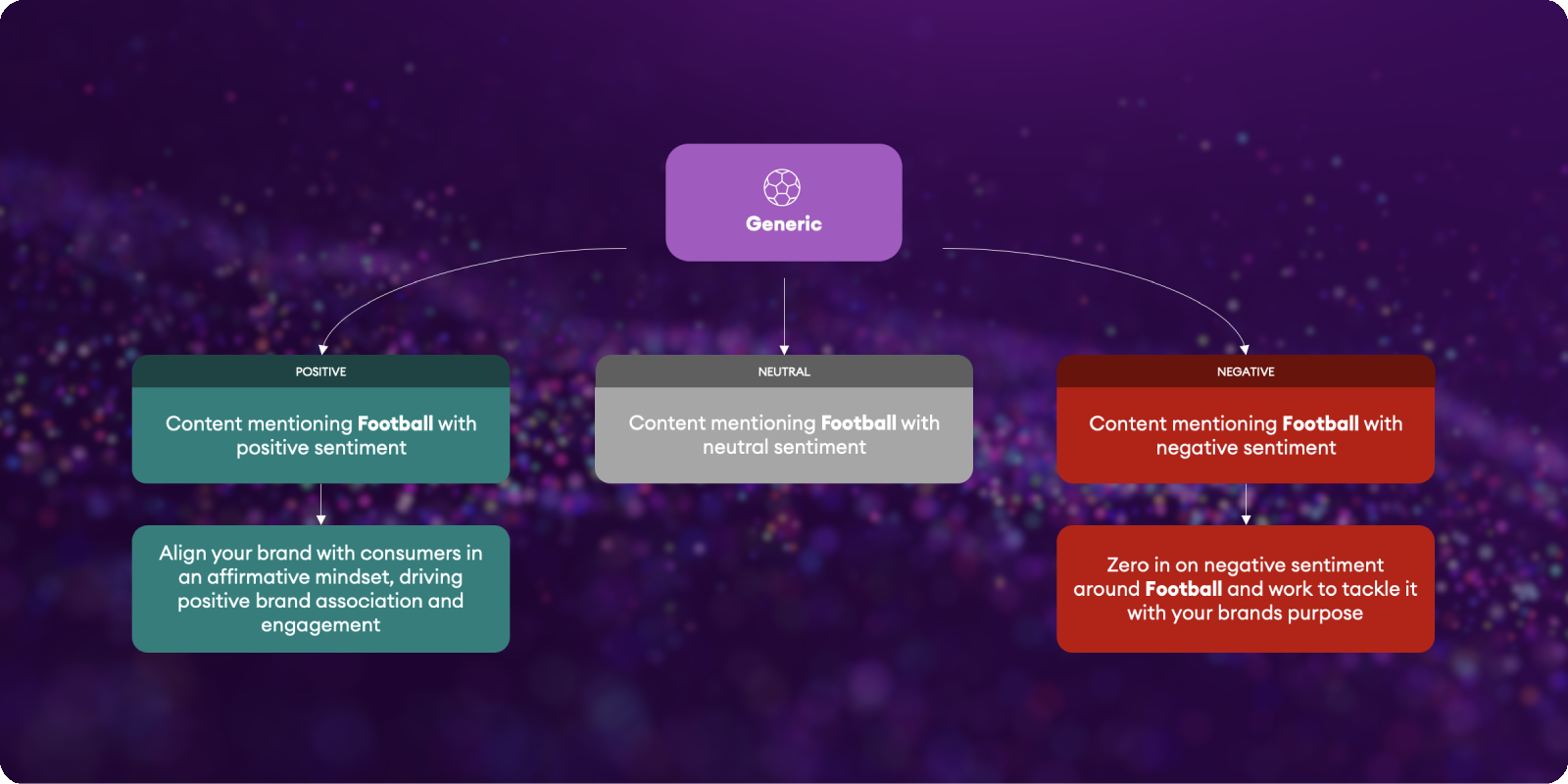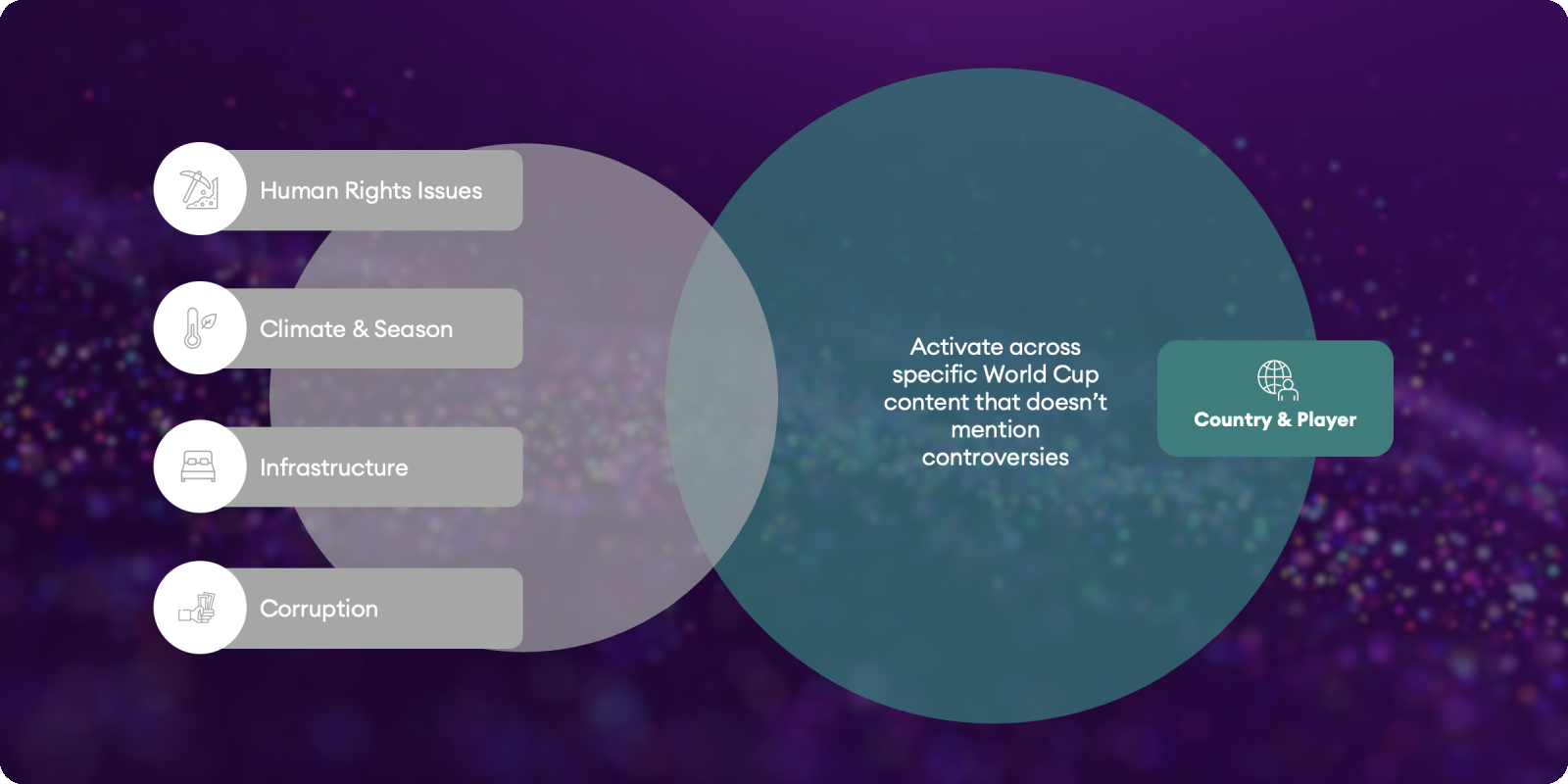Major sporting events and advertising go together like Harry Kane and golden boots. In this post, we’ll explain why this is particularly true for Qatar 2022, thanks to techniques that weren’t around even at the time of the last Euros.
First, as any expert will tell you, attention in advertising is key. At Nano Interactive, measuring attention to drive improved ROI is a long-term focus. And attention is also why the industry’s spotlight falls so regularly upon major sporting events. While catch-up, streaming and mobile have all arguably led to a more fragmented market, more than 50 per cent of UK adults, in all age groups up to 65 are planning to watch Qatar 2022, according to Statista. And in the US, up to 40 per cent plan to stream the competition.
The major ad market forecasts also agree that the 2022 World Cup is key to ad spend growth this year. It’s interesting to note, that even with around 20% inflation in linear TV prices in both UK and US according to the WFA, linear TV will still see growth of 3.6% this year, according to Dentsu’s Global Ad Spend Report.
With digital channels seeing lower inflation, they continue to represent opportunity to advertisers. And even as there are widely publicised challenges around cookie-driven campaign targeting, we explain below how live intent targeting opportunities and advanced contextual insights can help advertisers to a series of wins here, without the privacy and coverage questions facing profile-based activations.
1 – Planning Forward and Backwards with Contextual Data
As we clearly saw with the Women’s Euros competition this summer, live sporting events still have the power to create era-defining moments. Few predicted England’s success, or the impact it would have. But even if there’s no way of predicting outcomes at Qatar 2022, at Nano we have a wealth of pre-built intent models, categories and options which can be used to plan in advance.

As the graph from the Women’s Euros above shows, we can expect intent and impression opportunity to build as the competition progresses.
For this year’s World Cup, Nano is arming advertisers with some powerful targeting options – from national team, to individual players, groups and matches, all the way down to kick-off times. In combination, we have developed a strong playbook equally for audience targeting and customising creative.
As we view stories and controversies develop alongside the progress of the competition, no doubt even more options will emerge.

2 – Seize the (Live) Intent Opportunity
We’ve seen some of the granular targeting options available through context, without IDs or any personal data. But what might the live nature of contextual activation really allow us to do creatively around the World Cup, as opposed to ID or cookie-led campaigns?
The difference is in the very live nature of context – where targeting ads to a newsworthy event can be done almost in real-time. With cookies and other forms of ID, this just isn’t possible.
But with content and audience interest as the proxy for attention, the opportunity for cut through with highly topical campaigns is certainly there. For inspiration, think of Oreo’s ‘you can still dunk in the dark’ Super Bowl ad in response to the lights going out during the game.
By analysing millions of consumer searches and content trends, we are also able to track the relative impression share of pretty much any aspect of the competition you can imagine, from specific stadiums to how the video assistant referee (VAR) is performing.
3 – Drive Performance at the First Winter World Cup
The decision for Qatar 2022 to take place in November and December, to cater to the local climate, has been criticised. But does it also present new opportunities for advertisers and brands?
While major event sponsorship for example has traditionally been overwhelmingly seen as a branding opportunity, its proximity to Christmas could present new possibilities, even as due to the cost of living crisis, customers look to carry out seasonal shopping earlier than ever.
The most obvious candidates fall under Nano’s pre-built World Cup categories such as gaming, apparel and various other football-related products. Let’s also consider dentsu’s global forecast data again here – which predicts that the top growing ad spend categories in 2022 will be technology, retail and beauty and personal care.
Even if the sector or product don’t immediately relate to a traditional football audience – as stated above, with half of the UK engaging in the competition, and the Women’s Euros and time of year arguably adding to that interest – it is still an opportunity not to be missed.
Campaign reach this year is of course already challenged with the deprecation of cookies, while competing alternative IDs still grapple to replace them.

But here, contextual targeting offers an especially attractive option to reach that scale – especially outside of the most expensive options on live broadcast. And perhaps most interestingly, the emerging tactic of sentiment targeting – not simply by topic or keyword – is one that many advertisers are considering.
A general template for sentiment targeting would look like the following: layering sentiment targeting and conquesting consumers reading content that mentions competitors and competitor products with negative sentiment. Then, building positive brand association within broad topics by layering on positive and neutral sentiment targeting.
4 – Sentiment, Ethical Concerns and Boolean Logic

It wouldn’t be a major sporting event without controversies and ethical concerns – particularly so this year.
From human rights issues to climate change, contextual targeting provides the granular controls advertisers require to navigate – or indeed confront these head on.
Granular choices, plus the option of boolean (and/or) logic give context the edge here, and as mentioned above, topic and sentiment considered together provide a sharper tool than simply ruling out whole categories – as we learned through the pandemic.
On the other side of the coin, fundraising charities and NGOs, as well as other purpose-driven businesses may find using context to reach people engaged with the issues raised in Qatar a highly effective, in the moment tactic.
As third-party cookies are deprecated, it’s important for advertisers not to limit their audiences, to accelerate partner testing and get set up for success. At Nano, our unique live-intent targeting and contextual offering can help you future-proof your digital strategies and drive performance. Learn how we can help by booking a demo today!






